#Amanda Berenguer
Text
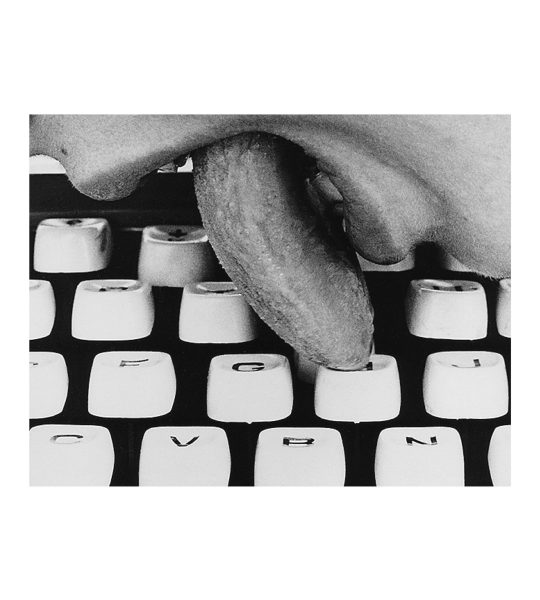
Women in Concrete Poetry: 1959-1979
Artists and writers include Lenora de Barros, Ana Bella Geiger, and Mira Schendel from Brazil; Mirella Bentivoglio, Tomaso Binga, Liliana Landi, Anna Oberto, and Giovanna Sandri from Italy; Amanda Berenguer from Uruguay; Suzanne Bernard and Ilse Garnier from France; Blanca Calparsoro from Spain; Paula Claire and Jennifer Pike from the UK; Betty Danon from Turkey; Mirtha Dermisache from Argentina; Bohumila Grögerová from the Czech Republic; Ana Hatherly and Salette Tavares from Portugal; Madeline Gins, Mary Ellen Solt, Susan Howe, Liliane Lijn, and Rosmarie Waldrop from the US; Irma Blank and Ruth Wolf-Rehfeldt from Germany; Chima Sunada from Japan; and Katalin Ladik and Bogdanka Poznanović from the former Yugoslavia
Edited by Alex Balgiu and Mónica de la Torre
#Lenora de Barros#Ana Bella Geiger#Mira Schendel#Mirella Bentivoglio#Tomaso Binga#Liliana Landi#Anna Oberto#Giovanna Sandri#Amanda Berenguer#Suzanne Bernard#Ilse Garnier#Blanca Calparsoro#Paula Claire#Jennifer Pike#Betty Danon#Mirtha Dermisache#Bohumila Grögerová#Ana Hatherly#Salette Tavares#Madeline Gins#Mary Ellen Solt#Susan Howe#Liliane Lijn#Rosmarie Waldrop#Irma Blank#Ruth Wolf-Rehfeldt#Chima Sunada#Katalin Ladik#Bogdanka Poznanović#library
53 notes
·
View notes
Text
RELATOS IMAGINADOS: PRIMAVERA
IMAGINED STORIES: SPRING
ANTONIO PIPPO PEDRAGOSA Periodista, Escritor, Editorialista, Columnista
PRIMAVERA es el título de uno de los más hermosos poemas escritos por Amanda Berenguer, enorme escritora uruguaya fallecida en 2010, cuatro después de la muerte de su “amor eterno”, Juan Pedro Díaz, otro ilustre integrante de la “Generación del 45” en el Uruguay. Ambos fueron importantes…
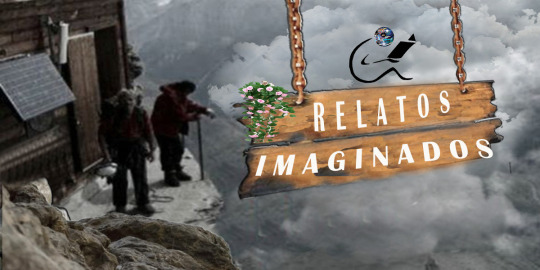
View On WordPress
#AMANDA BERENGUER#ANTONIO PIPPO PEDRAGOSA EL MEJOR DEL 2023#la generación del 45#LITERARY PLANET#lomasleido#lomasvisto#MUNDO#PRIMAVERA#RELATOS IMAGINADOS#URUGUAY
0 notes
Text
We’ll open
the veins of literature
itself.
— Amanda Berenguer, Contemporary Uruguayan Poetry: A Bilingual Anthology, transl by Ronald Haladyna, (2010)
#Uruguayan#Nancy Bacelo#Contemporary Uruguayan Poetry: A Bilingual Anthology#Ronald Haladyna#(2010)#Oh baby; we already did!
37 notes
·
View notes
Link
Hay un hermoso poema de Amanda Berenguer, Primavera , que termina con estas dos líneas: Y hay veces, entre otras, tan serena...
0 notes
Text
Wrinkles are the straw from which old age builds its nest.
And I think: lucky the lines on all of our faces. Lucky the laugh lines and the smile lines especially; they signify mobility, duration, and joy...
As the Uruguayan poet Amanda Berenguer writes in her long-form ode to wrinkles, “Wrinkles are the straw from which old age builds its nest.”
— Sarah Ruhl, Smile: The Story of a Face. (Simon & Schuster, October 5, 2021)
6 notes
·
View notes
Quote
Me gustaría seguir escribiendo hasta que se agotara la mente –
el vuelo de lo nocturno el bolígrafo se resiste inútilmente –
es tinta ataviada de robot – acelerando hacia el universo.
¿Y aquí sobre el renglón acaso podría dar aves y uvas?
¿Vino fuerte que da la muerte? Socórreme escritorio –
esta tabla de salvación es absurda.
Amanda Berenguer, «Hasta que se agotara la mente», poema antologado en La cuidadora de fuego. Selección de Roberto Echavarren.
4 notes
·
View notes
Photo

Amanda Berenguer, Composición de lugar, Edited by José Pedro Díaz, Arca, Montevideo, 1976
#graphic design#art#poetry#concrete poetry#visual poetry#geometry#pattern#book#cover#book cover#amanda berenguer#josé pedro díaz#arca#1970s
88 notes
·
View notes
Photo
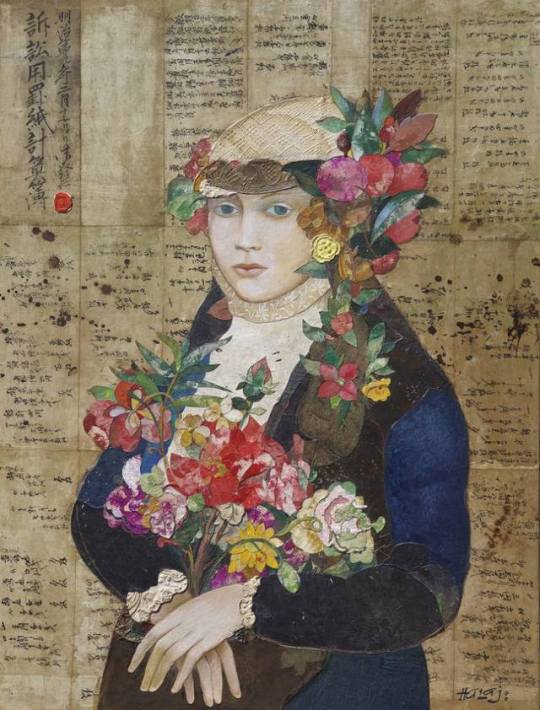
¿qué es esto que llevo dentro?
¿árbol con plumas?
¿pájaro?
¿libro secreto?
Amanda Berenguer
Art: Minas Halaj
17 notes
·
View notes
Text

Amanda Berenguer.
24 notes
·
View notes
Text
Búsqueda y celebración de Amanda Berenguer
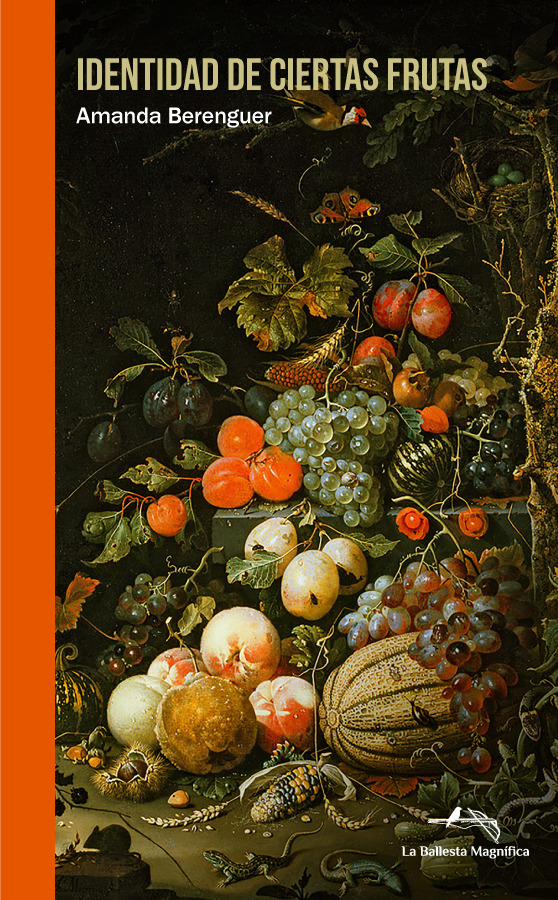
Amanda Berenguer nació en Montevideo el 24 de junio de 1921, en el día de San Juan. Junto con su esposo José Pedro Díaz fueron parte de la generación del 45 e hicieron de su casa en la calle Mangaripé, el epicentro de un gran movimiento cultural del que participaron entre muchos otros Mario Arregui, Ida Vitale, Ángel Rama y también visitas ilustres como Juan Ramón Jiménez, Jorge Luis Borges o José Bergamín con quien los unió una profunda amistad.
Recién casados, Amanda y José Pedro, compraron una imprenta Minerva y fundaron el sello La Galatea en donde se publicó la primera obra de Amanda; Elegía por la muerte de Paul Válery en 1945.
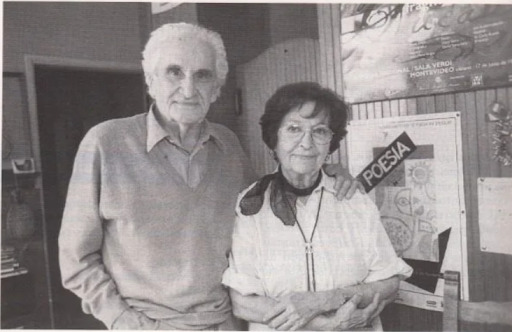
Luego coordinarían junto a los hermanos Rama el mítico sello Arca en donde se publicaría la mayor parte de su obra.
Tomando como lema el ostinato rigore de Leonardo Da Vinci, Amanda exploró los límites del lenguaje poético. Experimentó con las formas clásicas, con la poesía visual y con las modulaciones de su voz en su trabajo Dicciones (1973).
También escribió sobre su propia poética y se han reunido muchas de sus entrevistas en El monstruo incesante.
Acerca de Identidad de ciertas frutas, Amanda dice:
Las frutas estaban ahí sobre la mesa del comedor, tan a mano, tan calladas, tan misteriosas, tan sencillas, tan luminosas, tan atrayentes. Estaban y no estaban. Yo traté de encontrarlas. Ese fue mi propósito. Quise saber quiénes eran. Buscaba la "Identidad de Ciertas Frutas". Y en esta búsqueda me buscaba a mí misma, ¿a mí misma?
Llegamos a la poesía de Amanda hace casi veinte años, fuimos consiguiendo sus libros en pacientes búsquedas a una y otra orilla del Río de la Plata.
Cumplimos con esta edición un deseo largamente acariciado.
Nuestra inmensa gratitud con la poeta María Laura Blanco que nos posibilitó el encuentro con Álvaro Díaz Berenguer, quien se sumó a este proyecto con generosidad y entusiasmo.
Esta es la primera vez que la obra de Amanda Berenguer se edita en Argentina; celebramos entonces el centenario de su nacimiento con estas páginas que abren la colección de poesía de La Ballesta Magnífica.
XI
( la sandía )
Yo buscaba sin saber bien
qué era repartir aquella extensa fruta.
Repartir la sandía – me dije –
y sacrificamos en tajadas
su fresca encarnadura.
Quedó abierta sobre la mesa mostrando el corazón.
¿De la tarde? ¿De la casa? ¿Del silencio?
Repartir la sandía – me dije-
es repartir una siesta de verano
una estación con vidrieras rojas
y desierta
una cueva verde habitada por la sed.
XIX
( el coco )
Un solo coco se ha instalado
en el comedor.
Me acerco a un circo de mi niñez.
Un cachorro leonado? Tiene
pelo áspero y duro
como el tronco de la canela.
Un mono amaestrado
se arroja en mitad de la arena
desde un altísimo trapecio.
En la palmera que da los cocos
hay una calesita.
Doy vueltas sobre un caballo blanco.
Ese caballo blanco era de leche
Y estaba dentro del coco.
3 notes
·
View notes
Text
Marzo 2021
Este mes vi dos trancazos. Nomaland y Promising Young Woman. La primera es perfecta y la segunda casi perfecta pues hay un punto en su trama que se vuelve predecible. Las actuaciones de Frances McDormand y Carey Mulligan son soberbias. Apuesto a que Nomaland gana mejor película y Carey se lleva el Oscar a mejor actriz.

¿Qué escuché?
1.- Computer World. Kraftwerk
2.- The White Room. KLF
3.- Who's Next. The Who
4.- Figure 8. Eliot Smith
5.- Frengers. Mew
6.- Led Zeppelin. Led Zeppelin.
7.- Genesis Owusu - Smiling With No Teeth
8.- Blue. Joni Mitchell
9.- Chemtrails over country club. Lana del Rey.
10.- Norman Fuckin Rockwell. Lana del Rey.
¿Qué leí?
1.- Opus Morbo de Pedro MonteAlegre
2.-Primero Sueño de Sor Juana.
3.- Un útero es del tamaño de un puño de Angélica Freitas.
4.- Composición de lugar. Amanda Berenguer.
5.- Poeta chileno. Alejandro Zambra.
¿Qué vi?
1.- Promising Young Woman. Dir. Emerald Fennell
2.- Nomaland. Dir. Chloé Zhao.
1 note
·
View note
Photo
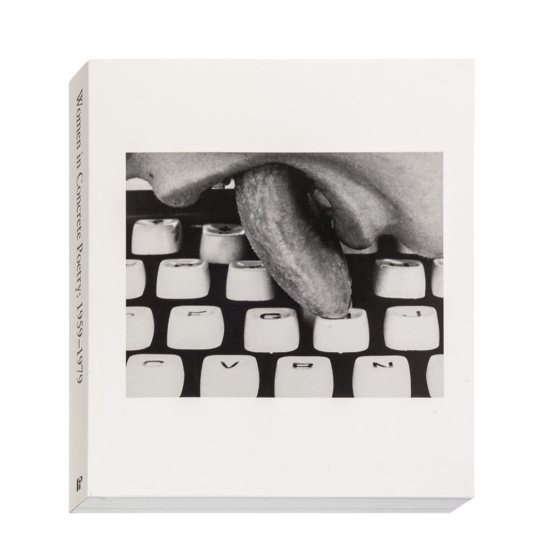
Capping off the day with these brand new photos of brand new release, 'Women in Concrete Poetry 1959–1979,' edited by Alex Balgiu and Mónica de la Torre and published by @primaryinfo⠀ ⠀ This expansive volume is the first collection of concrete poetry by women, w/ artists & poets from the US, Latin America, Europe & Japan, whose work departs from more programmatic approaches to the genre. Their word-image compositions are unified by an experimental impetus and a radical questioning of the transparency of the word and its traditional arrangement on the page.⠀ ⠀ Owing, perhaps, to the fact that concrete poetry’s attempt to revolutionize poetry foregrounded the male-dominated channels in which it circulated, some of the women in this volume—Ilse Garnier or Giulia Niccolai, for instance—were active in the movement’s epicenters, yet failed to attain a visibility or ample representation in international anthologies such as Emmett Williams’s 'Anthology of Concrete Poetry' (1967) and Mary Ellen Solt’s 'Concrete Poetry: A World View' (1968).⠀ ⠀ This anthology celebrates their legacy and recontextualizes word-image compositions by other figures working independently. It gathers work by over 40 writers and artists, including Lenora de Barros (Brazil), Mirella Bentivoglio (Italy), Amanda Berenguer (Uruguay), Suzanne Bernard (France), Tomaso Binga (Italy), Blanca Calparsoro (Spain), Paula Claire (UK), Betty Danon (Turkey), Mirtha Dermisache (Argentina), Ilse Garnier (France), Anna Bella Geiger (Brazil), Bohumila Grögerová (Czech Republic), Ana Hatherly (Portugal), Susan Howe (USA), Tamara Jankovic (Serbia), Annalies Klophaus (Germany), Barbara Kozlowska (Poland), Liliana Landi (Italy), Liliane Lijn (USA), Françoise Mairey (France), Giulia Niccolai (Italy), Jennifer Pike (UK), Giovanna Sandri (Italy), Mira Schendel (Brazil), Chima Sunada (Japan), Mary Ellen Solt (USA), Salette Tavares (Portugal), Colleen Thibaudeau (Canada), Rosmarie Waldrop (USA) and Ruth Wolf-Rehfeldt (Germany).⠀ ⠀ Please order from your local independent #bookstorehero Or order via linkinbio.⠀⠀ ⠀ @designingwriting @m_de_la_t #womeninconcretepoetry #conretepoetry #primaryinformation⠀ ⠀ https://www.instagram.com/p/CFk7t4hpWTi/?igshid=1hv0nwyb8g3ay
2 notes
·
View notes
Link
PRIMAVERA es el título de uno de los más hermosos poemas escritos por Amanda Berenguer, enorme escritora uruguaya fallecida en 2010, cuatr...
0 notes
Photo

Amanda Berenguer, Composición de lugar, Arca, Montevideo, 1976 https://ift.tt/2TT0fhE
10 notes
·
View notes
Photo
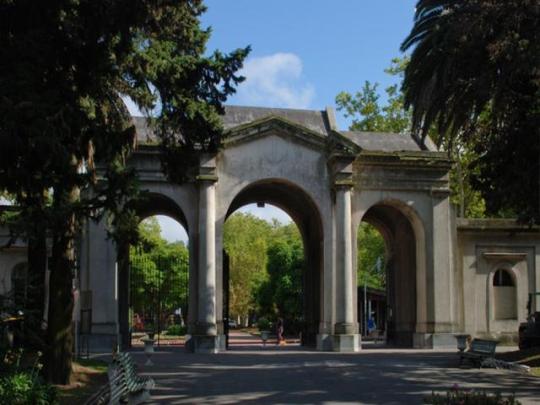
The Buceo Cemetery is one of the best known of Montevideo, Uruguay. It was founded in 1872.
Located in front of the sea, it is surrounded by the Rambla República de Chile, the Boulevard José Batlle y Ordóñez, Rivera Avenue and Tomás Basáñez Street. The latter separates it from the British Cemetery.
Some of the buried personalities:
Francisco Piria (1847-1933), businessman and alchemist, founder of Piriápolis.
Ramón V. Benzano (1847-1932), Mayor of Montevideo, Colorado politician.
Leonor Mouliá de Benzano, wife of the previous one.
Martín Acosta y Lara (1925-2005), basketball player, Olympic medalist in Helsinki 1952
César Amaro (1948-2012), guitarist
Amanda Berenguer (1921-2010), poetess
Pedro Cea (1900-1970), soccer player, world champion in 1930
Hugo Cores (1937-2006), Frente Amplio politician
Héctor Costa (1929-2010), basketball player
Laura Daners (1967-2010), swimmer and journalist
Esteban Echeverría (1805-1851), Argentine romantic poet
Juan José de Amézaga (1881-1956), Lawyer, 28th Constitutional President of Uruguay
Celia Álvarez Mouliá de Amézaga (1881-1956), First Lady of Uruguay between 1943 and 1947.
Wilson Ferreira Aldunate (1919-1988), nationalist politician
María Esther Gatti (1918-2010), Teacher and activist
Alcides Ghiggia (1927-2015) footballer, world champion in 1950
Juan Carlos González Ortiz (1924-2010), footballer
Juana de Ibarbourou (1892-1979), poet
Jorge Machiñena (1936-2007), nationalist politician
Jorge Manicera (1938-2012), footballer
Roque Gastón Maspoli (1917-2004), soccer player, world champion in 1950
Óscar Míguez (1927-2006), soccer player, world champion in 1950
Julio Pérez (1926-2002), soccer player, world champion in 1950
Rafael Barradas (1890-1929), painter
Luisel Ramos (1984-2006), model
Juan Pablo Rebella (1974-2006), filmmaker
José María Robaina Ansó (1921-1992), lawyer and civic politician
Juan Alberto Schiaffino (1925-2002), soccer player, world champion in 1950
Elena Zuasti (1935-2011), actress
Gonzalo «Gonchi» Rodríguez (1971 - 1999), car racer
Eleuterio Fernández Huidobro (1942 - 2016), Minister of National Defense
#cemetery#cementerio#cementerio de buceo#montevideo#uruguay#south america#latin america#graves#tombs#statues#angels#love#friends#M#the buceo cemetery#gate#entrance
5 notes
·
View notes
Link
<< The common denominator among the many definitions of concrete poetry has been, unironically, concrete’s capaciousness to include all varieties of visual, text, performance, and sonic arts. And perhaps that’s what is so historic about Women in Concrete Poetry. Balgiu and de la Torre gather a portion of Bentivoglio’s original coterie, though there’s a substantial expansion away from European centers to include writers and artists from the Americas, including de Barros, Amanda Berenguer, Madeline Gins, Susan Howe, Rosmarie Waldrop, and Hannah Weiner. Each of their bodies of work marks a distinct iteration of what could be considered concrete—typesetting experiments in semantic obliteration, diegetic deconstructions, archival assemblages, synesthetic automatism—but this is a classification after the fact. The work is first and foremost self-described as poetry. There are some face-value correspondences with these poems and other concrete work, but they are here less for their aesthetic and formal similarities and more their functions as largely instructive of a poetry of diachronic engagement. More simply, they are poems whose reading requires language be comprehended as disclosing of a history rather than being a point in one. What is concrete then, by extension, is the editorial work of Balgiu and de la Torre, a preliminary induction of a liberatory, Feminist epistemology rather than a means of organizing a field’s notable figures across a period of time. A canon can always be elaborated, the easy scaffold of hegemony propping it up, but it’s entirely different to strike out former lingering ideas of mediation and to renew the possibilities of a history in its place. >>
1 note
·
View note